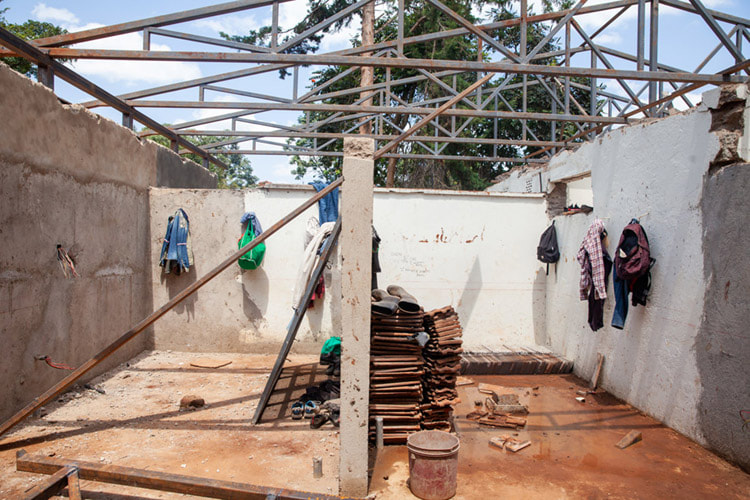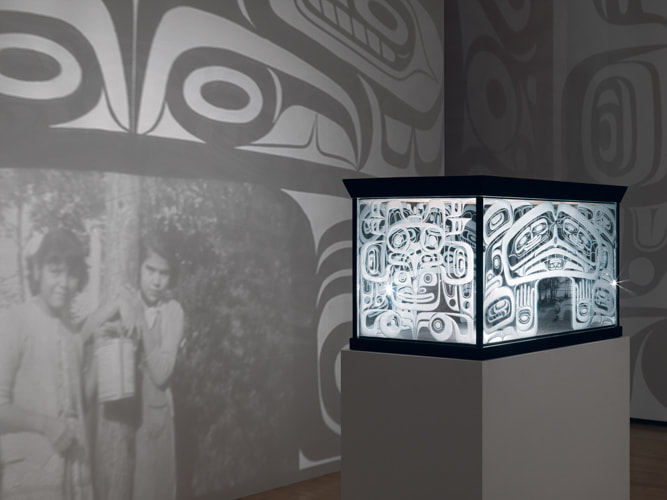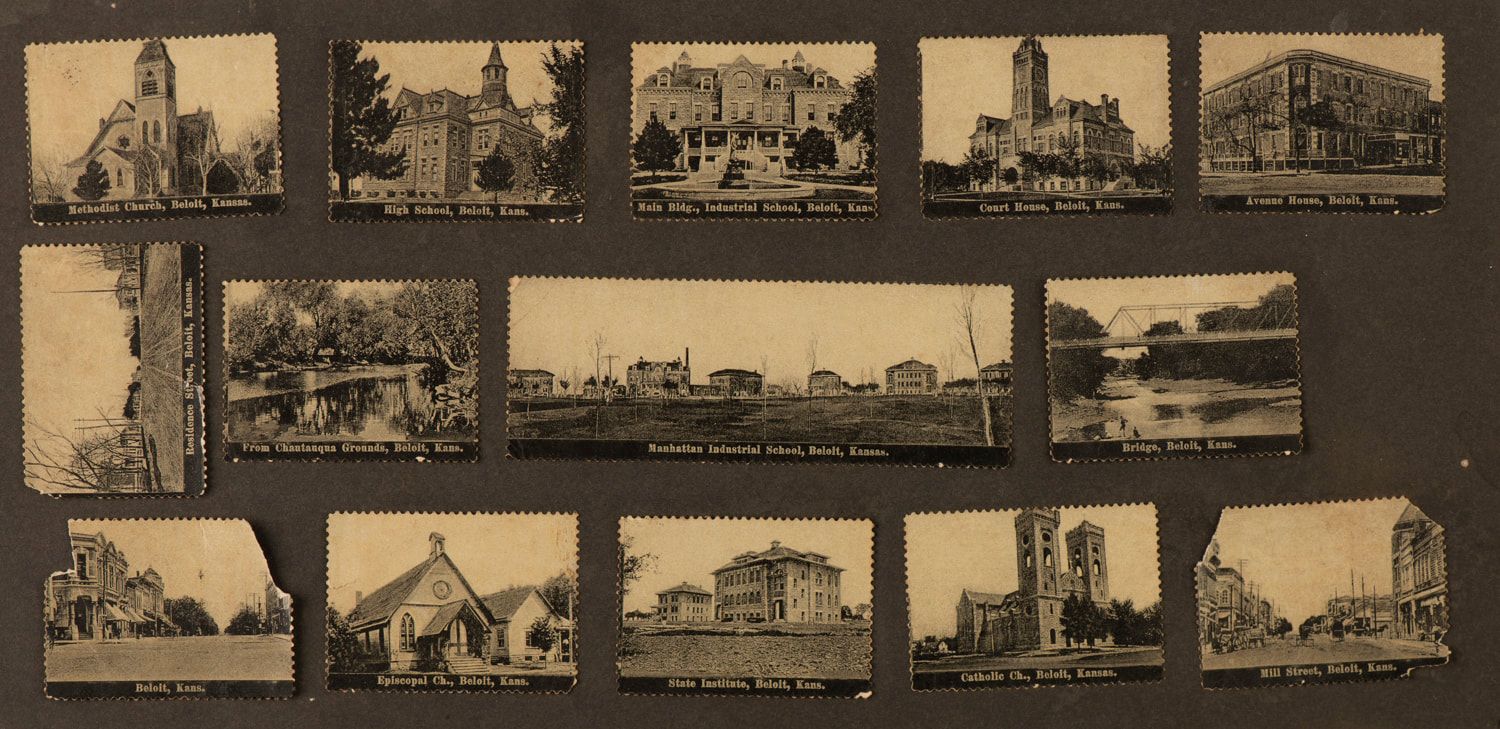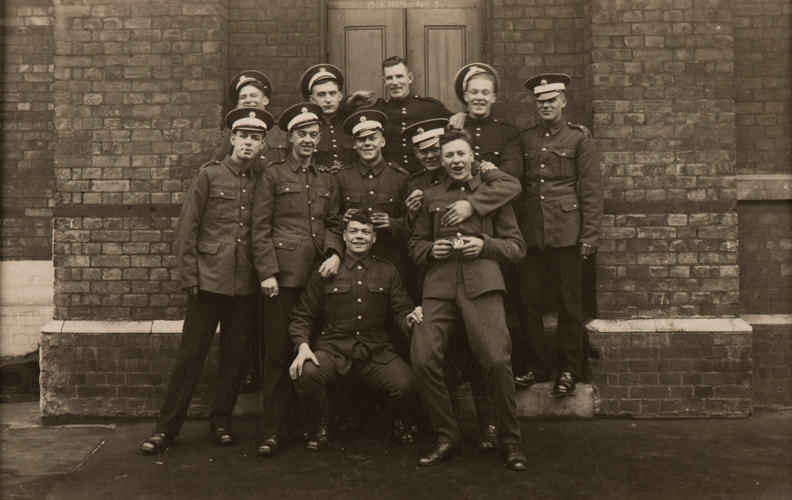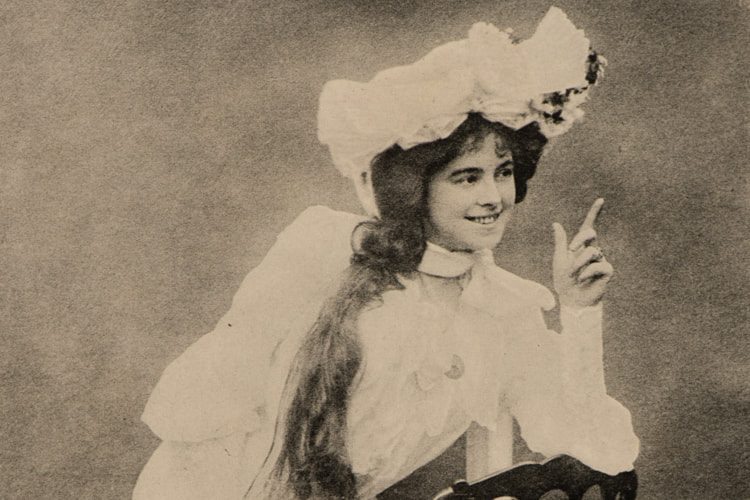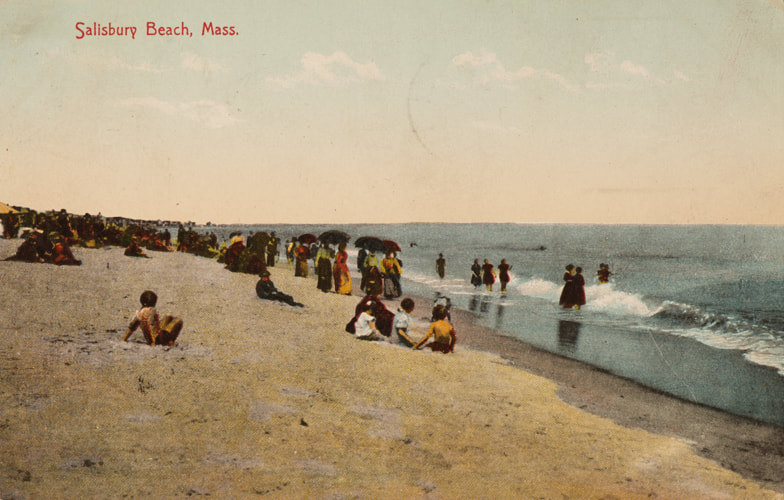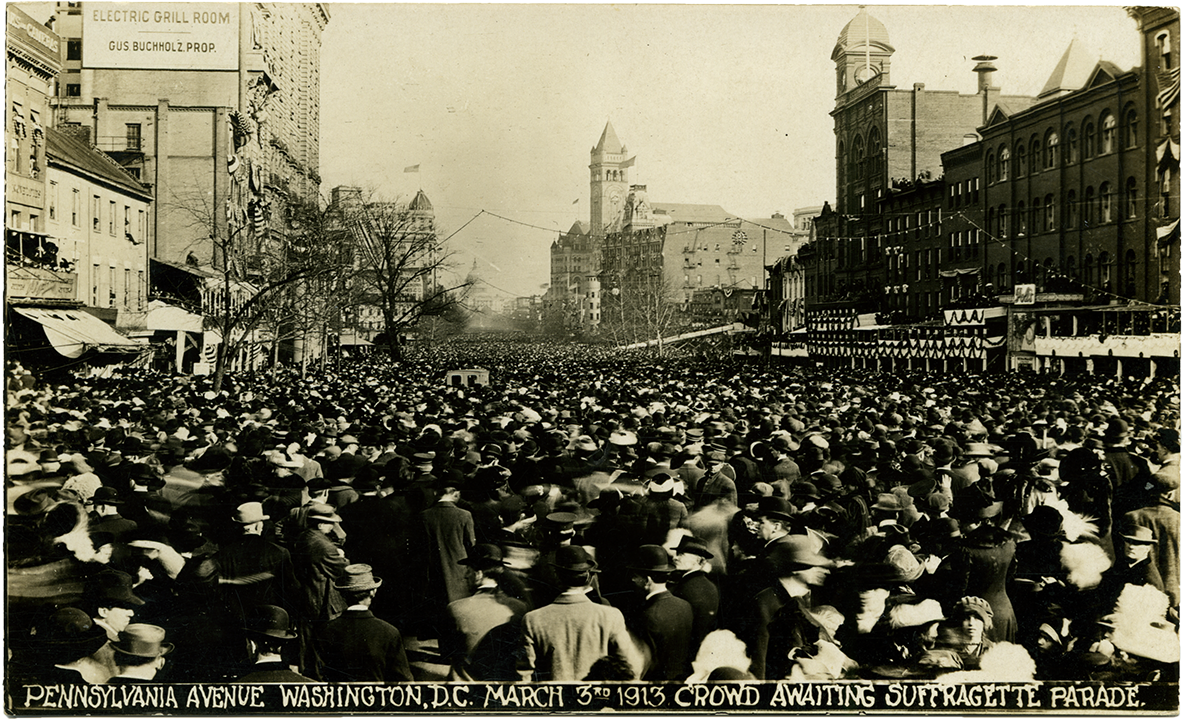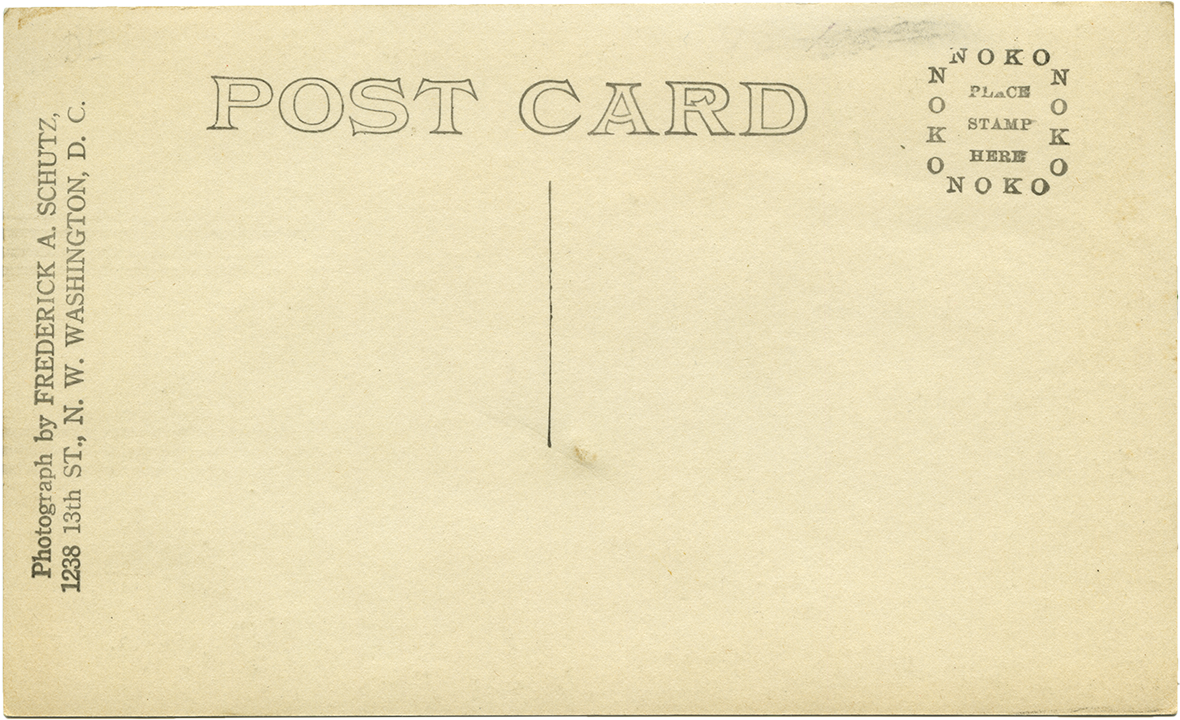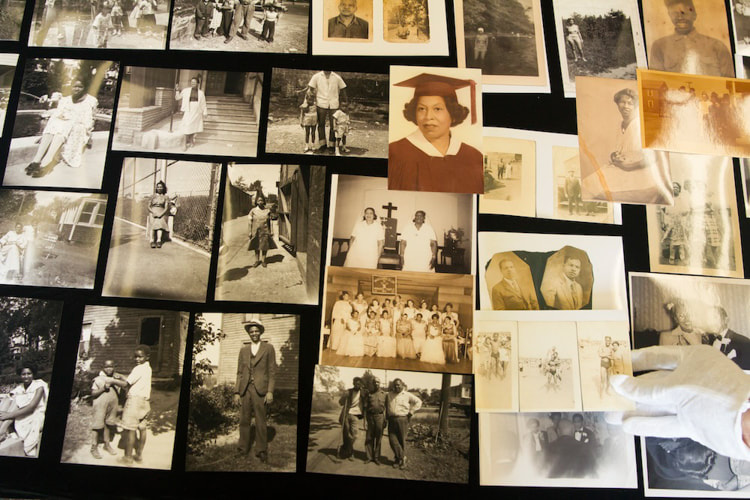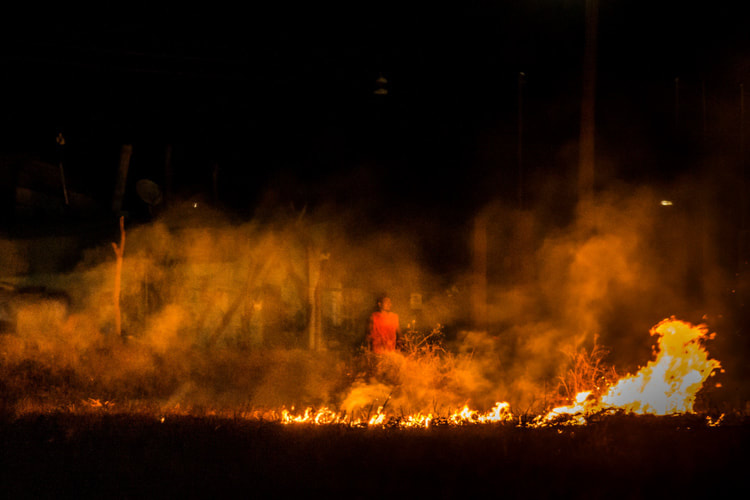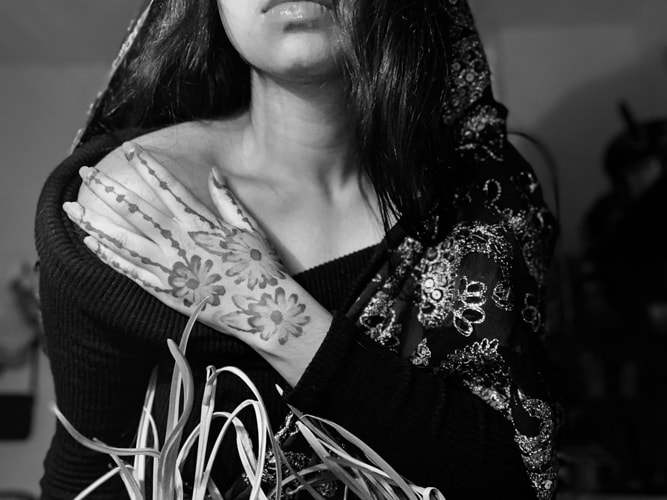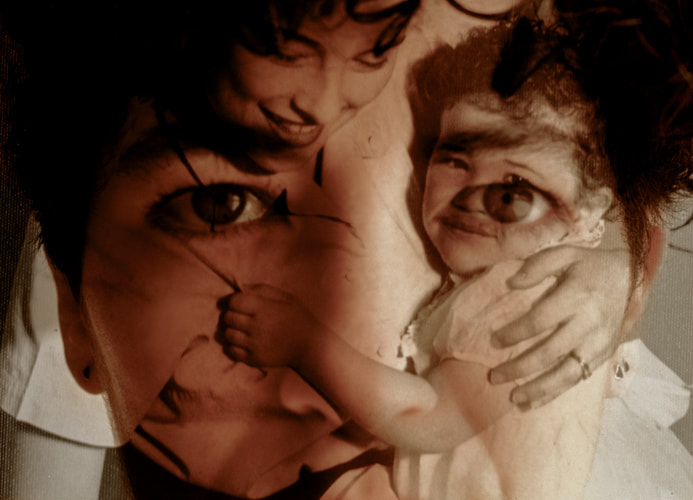1 Pager settings
- Introduction
- Looking for Truth in a Digital Age
- Transmission of Photographic Truth
- Finding Family
- Education
- Manipulation
- Advocacy
- Community
- Concerned
- Citizen
- Culture
- Abstraction
- Abstraction
- Section name
- Section name
- Section name
- Section name
- Section name
- Section name
- Section name
- Section name
- Section name
- Section name
- Section name
- Section name
- Section name
- Section name
- Section name
- Section name
- Section name
SUMMER 2021
August 28, 2020. © James Muriuki

